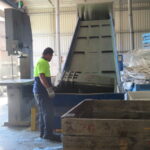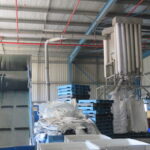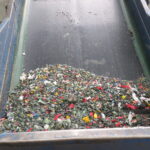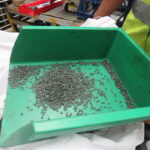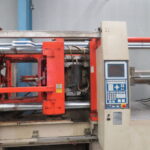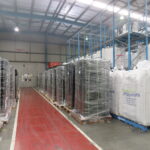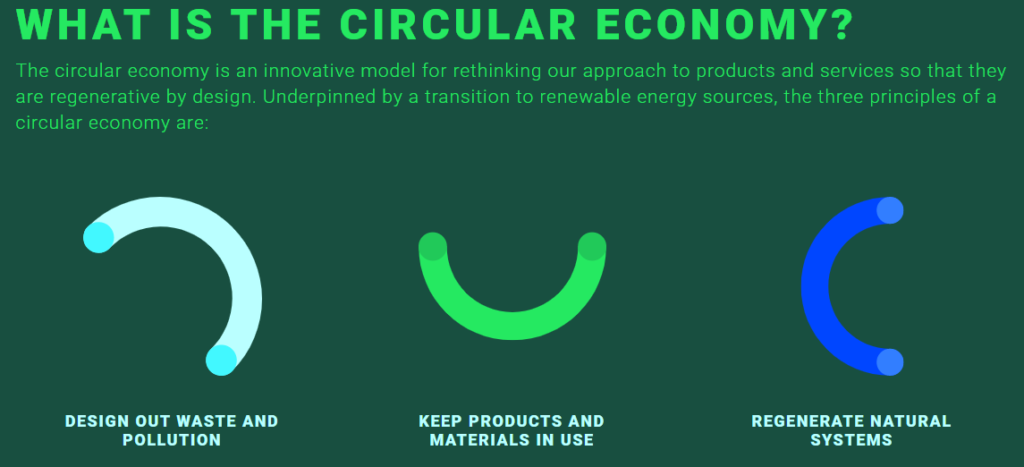What is the Circular Economy?
Put simply, the concept stems from the idea that we should live within our means as a global community and focus on sustainable development to improve the quality of living for all. According to the Ellen MacArthur Foundation, transitioning to a circular economy means the gradual decoupling of economic activity from the consumption of finite resources. This requires a focus on designing waste out of the system.
The circular economy is about:
- Regenerating our natural systems and processes.
- Prioritising long term effectiveness over short term efficiency.
- Focusing on whole of life cost rather than solely initial capital cost.
In some respects, the concept is akin to going back to our grandparents generation. A generation where quality products were purchased once with available funds and used for a lifetime.
Focusing on our long term needs as a society, and seeking to address them with efficiently rather than always focusing on the minimum short-term cost.
Is the Circular Economy a 'thing' in Australia?
Most Definitely! While you may not have heard a lot about it, there has been discussion and action in Australia around circular concepts for some time. From moves toward reuse and recycling of materials, to investment in renewable energies, to organic farming and life cycle cost considerations; we have been discussing circular concepts for years.
More recently, there has been an increasing focus on the Circular Economy. In 2020, whilst most of us were hiding from a virus, the Australian Circular Economy Hub was formed. The ACE Hub is committed to facilitating and accelerating the transition to a circular economy in Australia. Becoming a circular economy will require the action and commitment from all individuals in our community, government and businesses. The ACE Hub three year strategic plan is focused on knowledge sharing and networking, to facilitate a transition to a circular economy. In their words….
How does Grass-Cel® help design out waste?
Design is an interesting concept, which can be considered in a number of ways. We think of design as the way we create products, services and systems. To us, design is the mechanism by which we shape the material environment to meet our needs and desires. We consider two separate questions relating to the concept of designing out waste:
- How has the design of Grass-Cel® Porous Turf Pavers evolved to avoid waste?
- How Grass-Cel® Porous Turf Pavers can reduce waste in your design?
Grass-Cel® pavers have been manufactured in Australia for over 40 years. In the early 1990’s, we reviewed the design and considering refining the plastic thickness in the cells. This included reductions in wall thickness and other modifications to the base and joints, with the aim to reduce construction cost. Through the design process, comparative load testing was completed and it was decided that the strength and longevity of the product would suffer if the manufacture cost was reduced. The change was rejected, and Grass-Cel® Porous Pavers remain one of the strongest in the market which has allowed the product to last longer and reduce waste from reinstalling. In some cases, the blocks have even been pulled up and re-laid after they are no longer required. This represents the best form of wast avoidance, ongoing use or reuse of a product.
Grass-Cel® pavers can help you reduce waste in your next landscape or civil design. You can reduce wasted space by utilising grass areas for driveways and parking. You can reduce wasted water by allowing infiltration rather than runoff. You can reduce wasted energy by avoiding high energy products such as concrete. Grass-Cel® pavers allow you to make beautiful multi-use spaces such as turf parking and grass driveways. Alternately you could include a load bearing decorative pebble driveway or path in your next design or support the regeneration of natural systems.
How does Grass-Cel® keep products and materials in use?
The Circular Economy strives for a scenario where materials are kept in use. This can be achieved through a range of methods, but some are better than others. In order of best to worst:
- Reuse – Reusing products in their current form.
- Repair – Doing work to repair broken products and allowing ongoing use.
- Dismantle – Dismantling products and using their components for new products.
- Recycle – Taking materials from unwanted products and reusing them to manufacture new products.
- Recover – Recovering materials from landfill and reusing to manufacture new products.
- Landfill – Disposing a product in landfill.
Our decision to maintain the strength and longevity of Grass-Cel® Porous Turf Pavers has allowed products to be used significantly longer, and avoided the need for replacement. One of the first installations of Grass-Cel®, our intial trial of the product, is still in use today after about 40 years. The product has also been pulled up and reinstalled successfully in the past, achieving the best outcome for an unwanted product – Reuse.
In addition to maintaining the strength of the end product, we have chosen to use recycled, rather than virgin materials, in our manufacturing. We have selected one of the leaders in recycled plastic as our manufacturing partner and are proud to be the only Porous Turf Paver to be certified by Good Environmental Choice Australia against their Environmental Performance Standard for Recycled Products.
We are committed to providing Material Stewardship for our products. If you have unwanted Grass-Cel®, or other HDPE that you wish to recycle, please contact us and we can help arrange for the material to be Recycled. Contact us if you want to know more. We have also recently launched a Facebook group to facilitate the Reuse and Recycling of unwanted Grass-Cel®.
